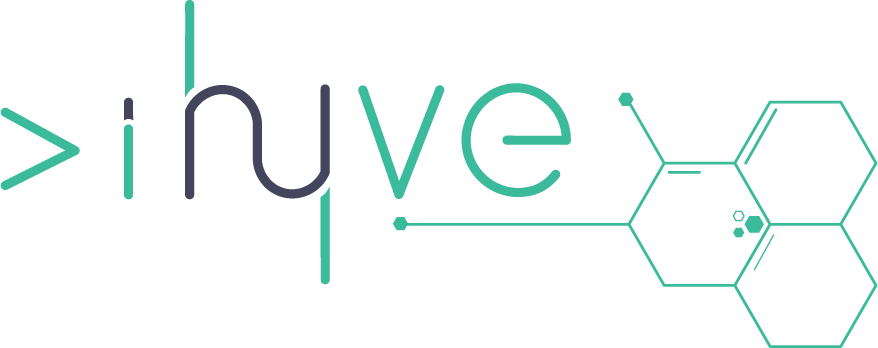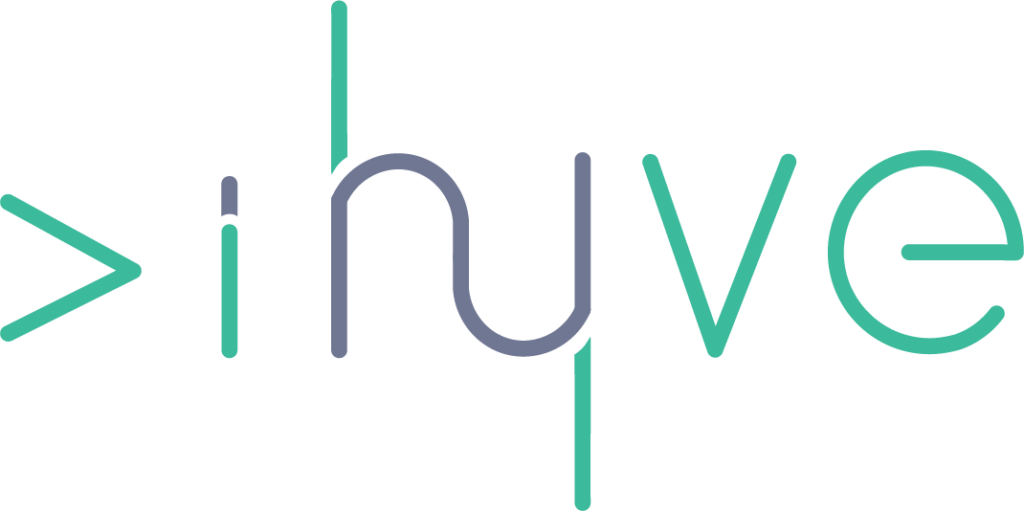Following various horror stories in the news surrounding failed cryptocurrencies, like the crashes of FTX and Terra Luna, blockchain’s popularity declined. However, with new developments in the field and more use cases, a revitalised interest in blockchain can massively accelerate UK tech.
Richard Dhuny, UK DLT Lead at GFT, the sustainable solutions provider, identifies ways in which blockchain can be used in real estate and pharmaceuticals in addition to its traditional use in finance.
Why revitalised interest in UK blockchain could spell a new Era for UK tech power
Web3 technologies have exposed businesses and consumers to the possibilities of a new internet, taking steps toward a more decentralised form. Within Web3, technologies have hit the ground running with various levels of success in both demand and application. One technology that has formed a constant in an ever-changing landscape is blockchain. Founded anonymously in 2008, blockchain, a type of distributed ledger technology (DLT), is in the throes of demonstrating its very real impact for a myriad of applications.
However, when the removal of government funding led to the dissolving of start-up and scale-up incubator Tech Nation at the beginning of 2023, the UK tech landscape expected a decline in the number of promising Web3 companies coming to the fore. However, with the government now backing Barclays Accelerator Labs to nurture exciting tech scale-ups, and the recent acquisition of Tech Nation by Founders Forum, the future of the UK tech landscape may be brightening once more.
What is blockchain, and where does it fit into Web3
Blockchain remains the primary example of DLT; a tracking system for information that exists on a unified and automated ledger or ‘chain’. Because no entity owns the ledger, it is very difficult to change or to hack, thereby retaining information in its true and unchanged form.
Once granted access, multiple entities can access the blockchain, making the ledger highly valuable for sensitive yet collaborative industries, such as: healthcare, financial services, insurance and manufacturing. Whilst blockchain was originally founded to facilitate safe and secure cryptocurrency transactions, it is now able to be deployed in many other use cases.
Blockchain is synonymous with Web3 technologies partly because of its decentralised nature, but more commonly because it facilitated cryptocurrency, a cornerstone of Web3. The application of DLT, originally in cryptocurrency but now in wider use, has led to a broad general agreement over the real value that the technology provides, which cannot be said for the whole set of tools in the Web3 arsenal.
Is blockchain currently underutilised?
DLT technologies, such as blockchain, are still globally underutilised. It is important to note that this is not predominantly down to a desire to investigate DLT, but more about the lack of agility in traditional sectors.
The financial services and the insurance markets operate in robust, but ultimately relatively risk-averse and slow-paced sectors. However, as appetite for digital transformation across numerous verticals increases, Web3 technologies such as blockchain, are being considered with greater attention. Successful use cases and proof of concepts (POC) across numerous sectors have also raised awareness of the positive impacts which DLT can have.
Outside of ‘traditional’ Web3 applications, such as crypto-investing and peer-to-peer payments, exciting DLT projects are beginning to garner recognition. These range from:
The buying and selling of real estate
Tracking of pharmaceutical manufacturing
Capital markets settlements
The trading of illiquid assets.
However, at GFT we believe this is only the tip of the iceberg for both the technology and the businesses seeking to take advantage of its benefits.
How is the consumer impacted by the rise of blockchain?
Web3 has turned heads due to its focus on both businesses and the consumer. The metaverse promised interconnectivity and new methods of advertising, cryptocurrencies ushered in consumer-centric digital assets, and embedded finance application programming interfaces (APIs) popularised by the digital-only neobanks have led to increased financial flexibility and cheaper international payments.
Another new type of investment suitable for consumers are Long Term Asset Funds (LTAFs), that will be able to produce a viable alternative investment option, once they are integrated onto DLT platforms.
What is a LTAF?
The primary idea behind LTAFs is to invest in illiquid assets, such as infrastructure and real estate. By their very nature, LTAFs require specialised technology platforms (that utilise Web3 capabilities) to support both the unique data management and the analysis requirements associated with this type of investing.
Asset managers need to ensure that they have the necessary technology infrastructure in place to: manage data from multiple sources, analyse it, and generate actionable insights. It is these complex requirements that make blockchain invaluable for the management of LTAFs. DLT enables the accurate tracking of prices and provides actionable insights that make the returns from such investments attractive to both large and small investors alike.
What steps does the UK need to take to nurture the rise of blockchain technology?
Much of the discussion surrounding the practical use of DLT and blockchain is centred around both current and future regulation throughout the financial services sector. The UK remains one of the most attractive destinations for financial technology globally, but without a continued focus on regulation, it risks losing business to other jurisdictions with a firmer handle on regulatory issues.
The Government is taking cautionary steps towards increased investment in infrastructure, most recently setting up the new Department for Science, Technology and Innovation. The focus for this new department will undoubtedly be to provide clarity and focus on topics such as the implementation of a future ‘digital pound’.
Such digital money, known as central bank digital currencies (CBDCs), will depend on the assurance of high-quality DLT and blockchain technology throughout the UK.
It is likely that private wholesale digital currencies are likely to come to market first, and in the UK we are already creating the legislation to enable those defined in the Financial Services Bill which is currently making its way through Parliament.
It is imperative that the government continues this support of DLT technology both financially as well as legislatively, providing the legal framework for DLT startups, scaleups and businesses to flourish. This will ultimately lead to the betterment of the UK technology industry, as well as provide innovative products for both the financial services sector and for consumers seeking new ways to invest.
The post GFT: Why Revitalised Interest in UK Blockchain Could Spell a New Era for UK Tech Power appeared first on The Fintech Times.





